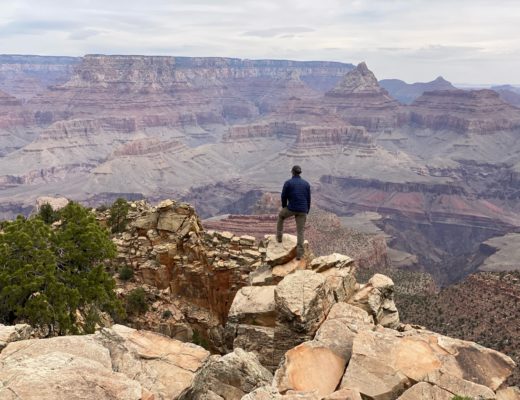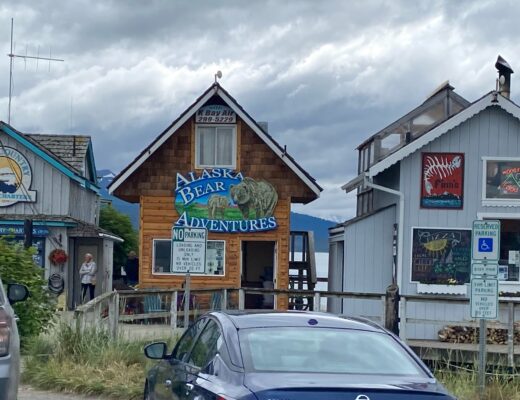Leaving the state parks outside of Columbus (blog post linked here), our next two stops proved Ohio’s countryside has stories worth telling.
Past acres and acres of farmland we rolled into Circleville and were immediately charmed by it’s quaint downtown. Digging a little deeper, what we found was that it also has a very unique history!
Founded in 1810 around a circular earthwork built by the Hopewell culture, the town was literally circular. By the 1830’s, however, pragmatic town leaders implemented the infamous “Circleville Squaring Company” to reshape the challenging round layout into a more conventional grid.
Walking downtown, we admire the well-preserved 19th-century architecture along Main Street. The Circleville courthouse, built in 1889, stands tall with its red sandstone façade and arched entrances. Several brick commercial buildings feature ornate cornices and cast-iron storefronts speak to the town’s prosperous past.
We were a bit to early for Circleville’s famous annual “Pumpkin Show” that’s been running since 1903, but pumpkin-themed decorations can be found year-round – a display of the town’s agricultural pride.












Our next stop was the stately town of Washington Court House, named as you may have guessed for the original courthouse built to honor George Washington. While not a creative town name, the historic district was surprisingly distinct. It had grand architecture for a town its size.
Center stage is the Fayette County Courthouse. Completed in 1885, its striking clock tower is visible from anywhere in town. The town’s mix of Greek Revival homes and Victorian buildings are a result of its once booming agricultural prosperity.




As we climbed back into the RV and headed for Dayton, these small towns reminded us that sometimes the journey’s smallest stops contain the richest history. Even in rural Ohio, the countryside isn’t just scenery passing by the windows – there are architectural treasures and stories of communities that have reinvented themselves while honoring their past.

























